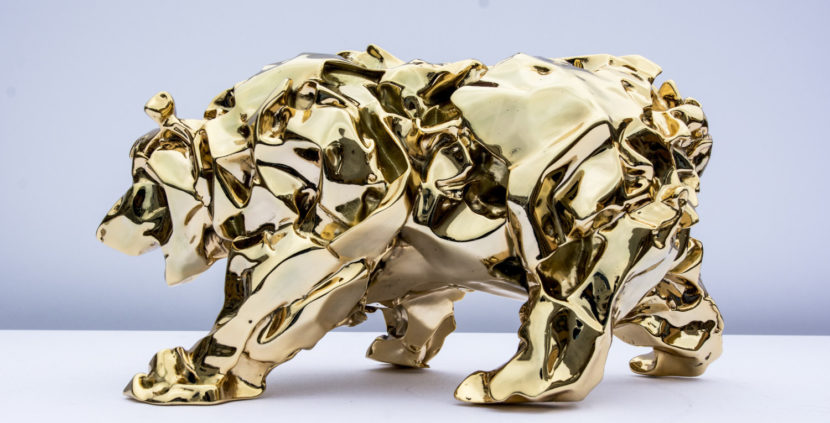6 of Frank Gehry’s Greatest Non-Architectural Works
August 5, 2015

Frank Gehry made his name as an architect abroad, his buildings having become landmarks in cities across the world. This past spring, he made news, not for his architecture, but for a collaboration between himself and the Berlin Staatsoper production of the opera “Orfeo ed Euridice.” Gehry was tapped to be the stage designer of the opera, helping to bring Christoph Gluck’s harrowing tale of love lost and reclaimed to life once again.
However, this is not the first time that Gehry has ventured beyond his traditional wheelhouse of architecture. Over the course of his storied career, he has dabbled with numerous other styles, helping to solidify his reputation as an artist. With the April announcement in mind, we decided to share some of our favourite non-architectural works of Gehry.
Easy Edges (1969 — 1973)
Early in Gehry’s career, he designed a series of furniture pieces out of corrugated cardboard, ranging from armchairs and loungers to ottomans and side tables. He discovered that by layering cardboard, he could create pieces that were structurally solid enough for everyday use.
Fish Lamps (1983 — ongoing)
Gehry has long been interested in the figure of the fish, its shape often evoked in his designs. In 1983 he created a series of hanging lamps in the shape of fish. These consisted of a wire frame with plastic laminate pieces affixed overtop. These Gehry designed lamps are still in production today.
World Cup of Hockey Trophy (2003)
A lifelong hockey fan, the World Cup of Hockey 2004 Organizing Committee approached Gehry about designing a new trophy for the prestigious tournament. Naturally, he jumped at the opportunity and produced a distinctive and modern take on the trophy. While the cup itself is a copper and nickel composite alloy, the shell is water-clear urethane to create and ice-like look. Gehry wanted the twisting shapes on the ends to be evocative of skate marks in ice.
Le Téléphone (2005 — 2006)
In collaboration with French artist Sophie Calle, Gehry designed a flower shaped phone booth for the Pont du Garigliano along the river Seine in Paris. Le Téléphone was a work of contemporary art whose only function was to receive calls from Sophie Calle. It was commissioned, along with several other works, by the French government to mark the Tramway des Maréchaux.
Degenerate Art: The Fate of Avant-Garde in Nazi Germany (1992)
In the early 90s, Gehry designed the installation for this exhibition, which was a contemporary remounting of Adolf Hitler’s infamous “Entartete Kunst” from 1937. Reminiscent of the Nazi book burnings, Hitler’s exhibition had rounded up many modern artworks and displayed them haphazardly with derisive graffiti alongside, encouraging public ridicule before selling them off to support the Third Reich. Gehry has also worked with the show’s curator, Stephanie Barron, on numerous other exhibitions.
Gehry Collection for Tiffany & Co. (2006 — ongoing)
In 2006, famous luxury jeweler Tiffany & Co. released a collection of jewelry designed by Frank Gehry. The pieces featured the characteristic geometry that Gehry is known for and the surfaces were specially treated to interact brilliantly with light.




